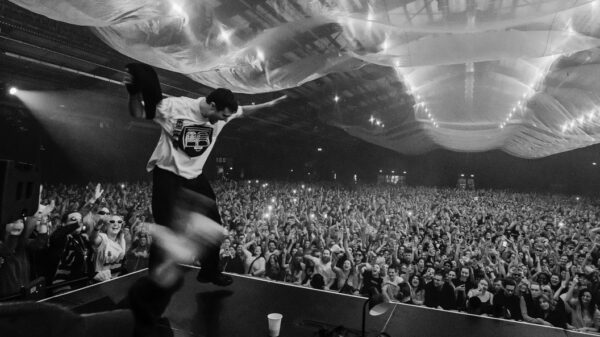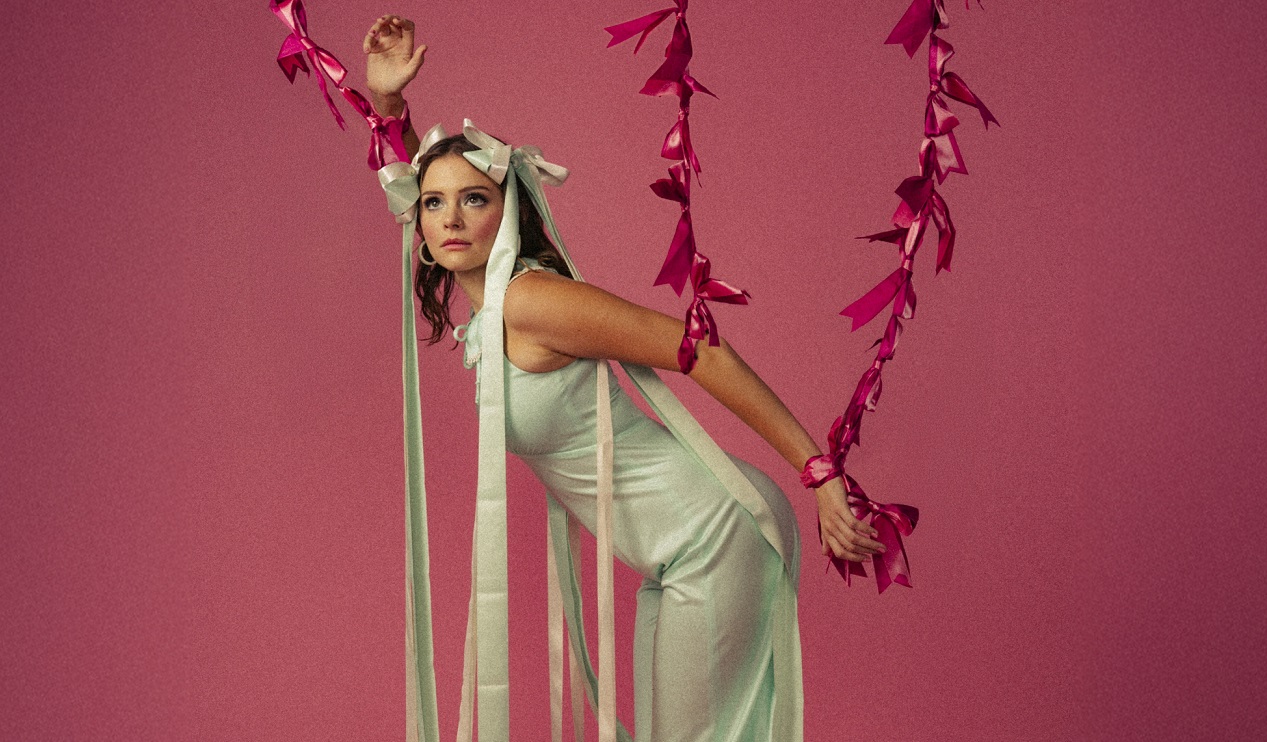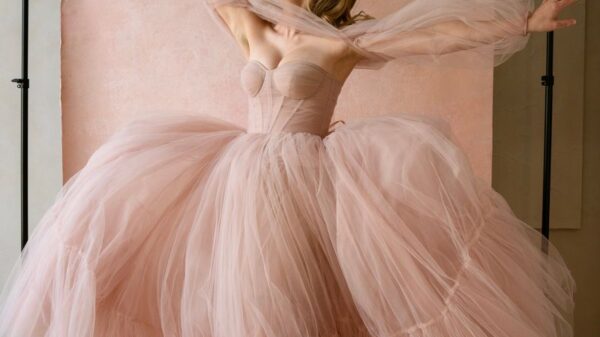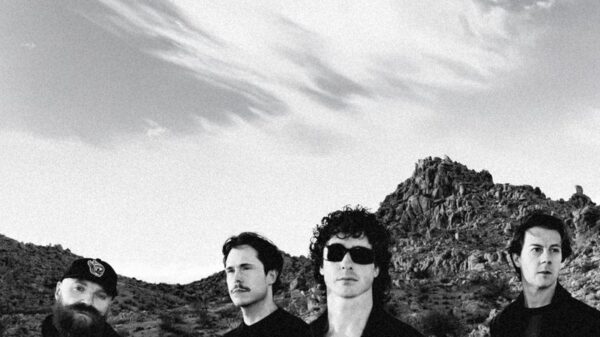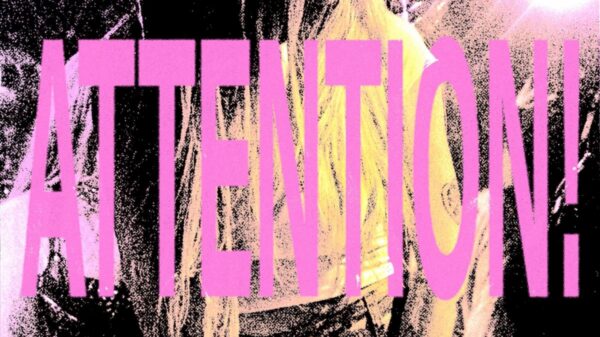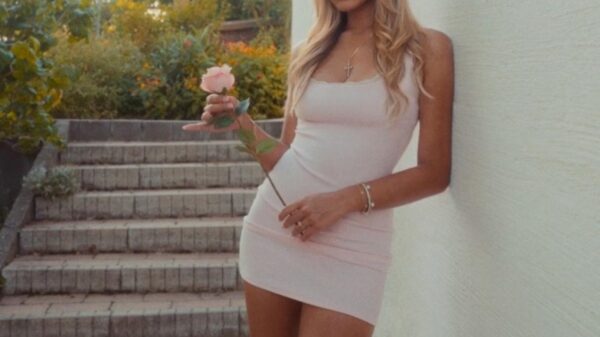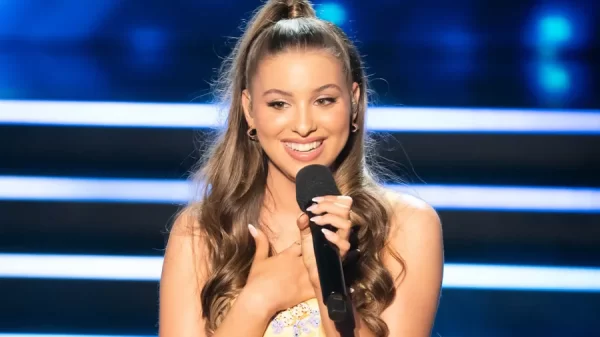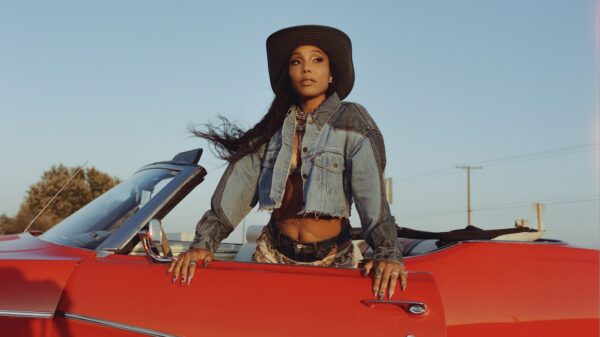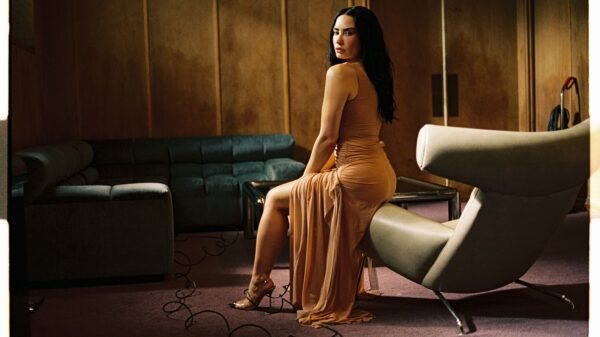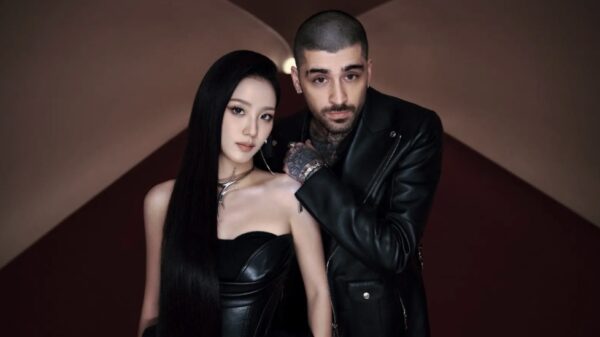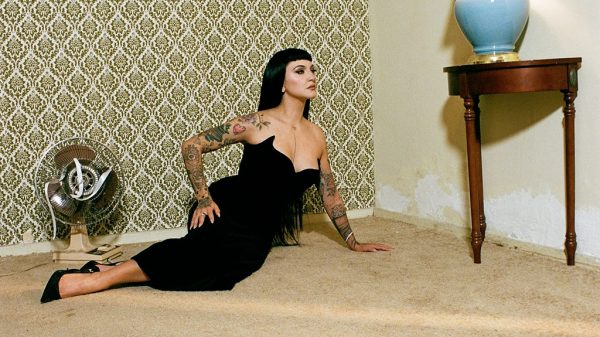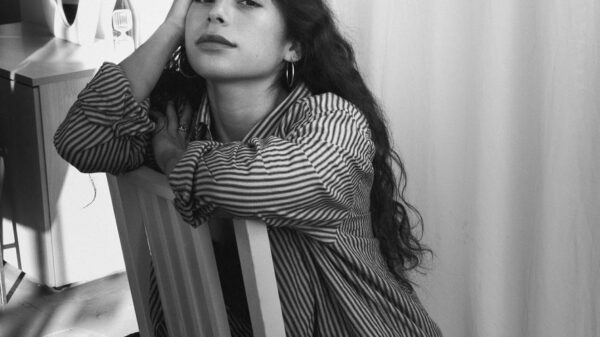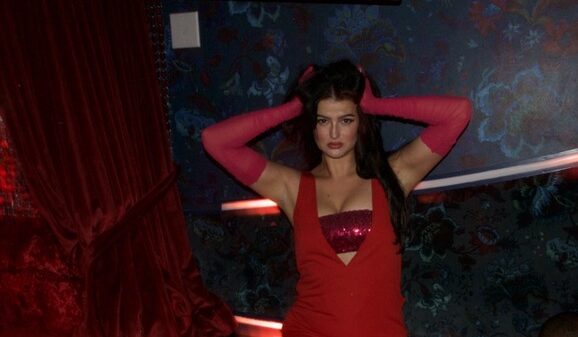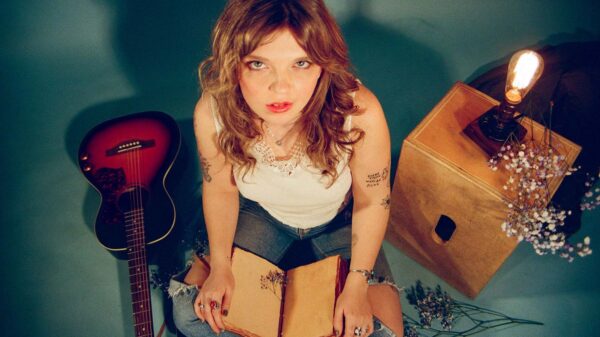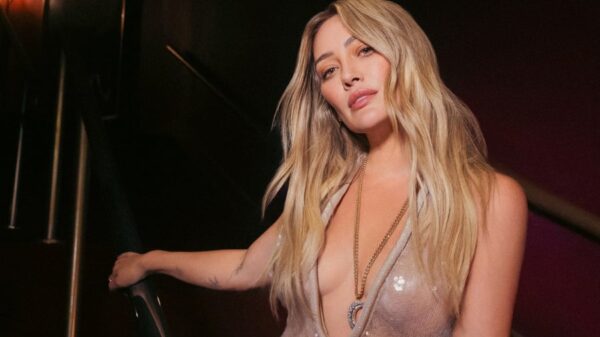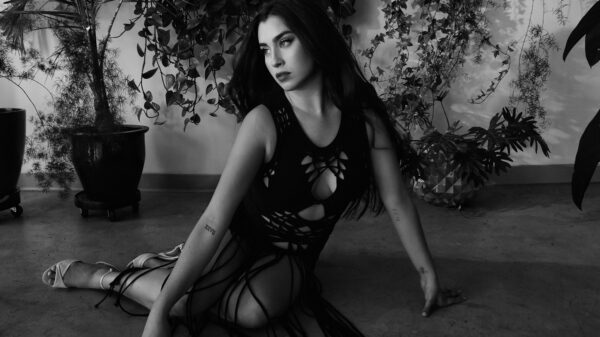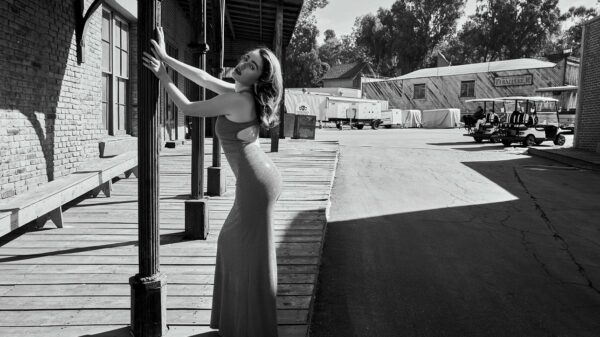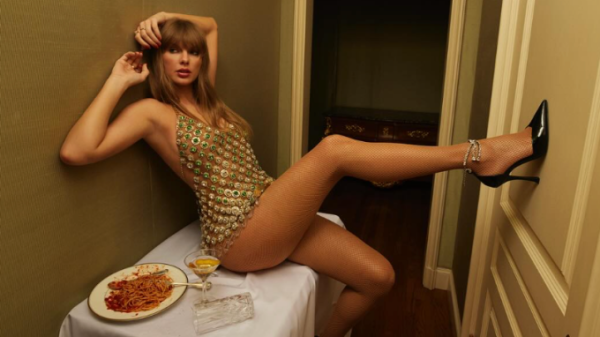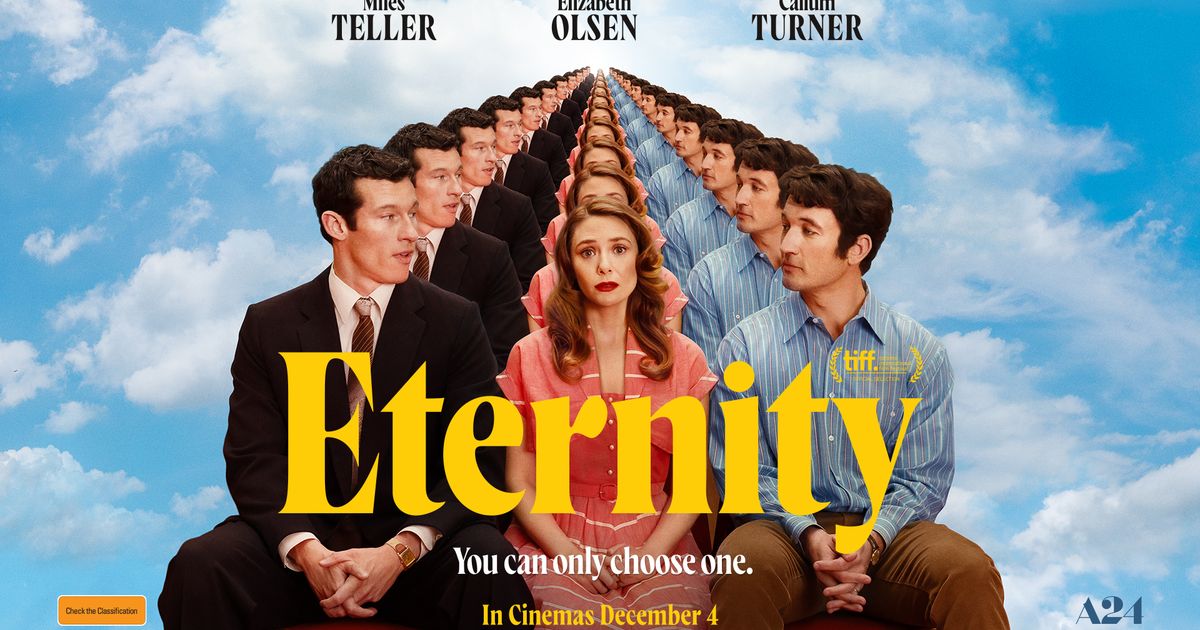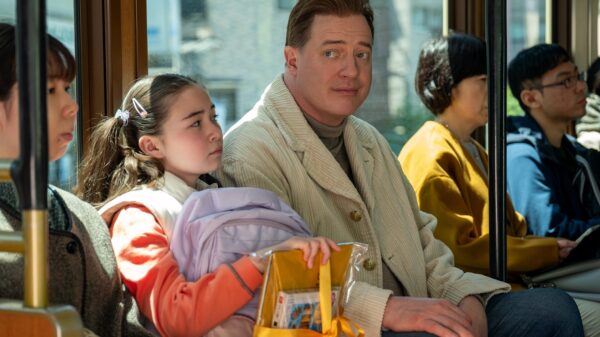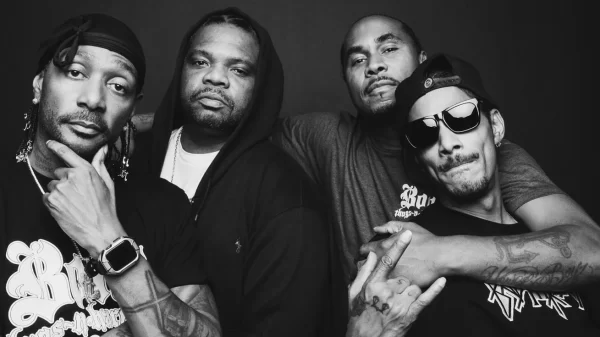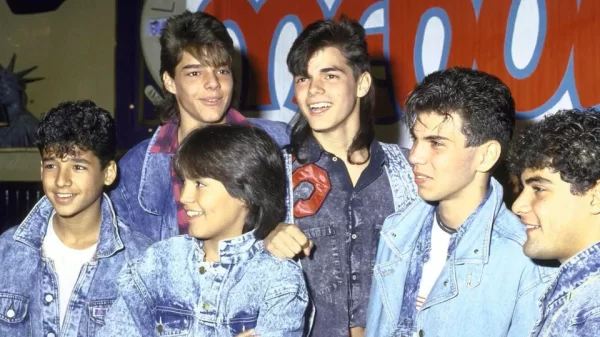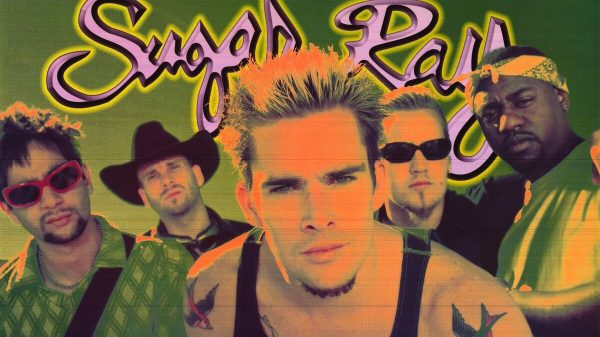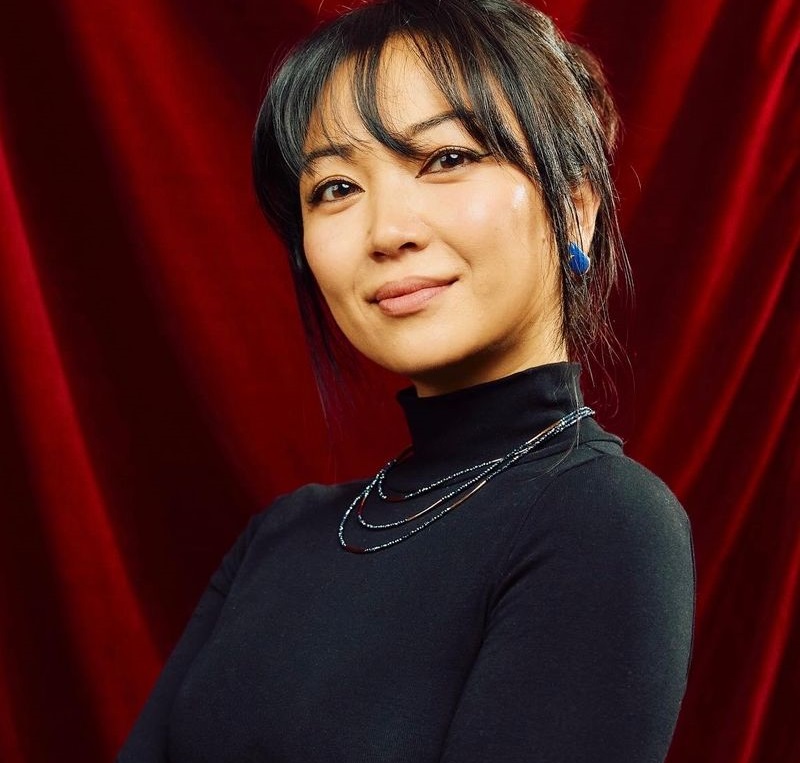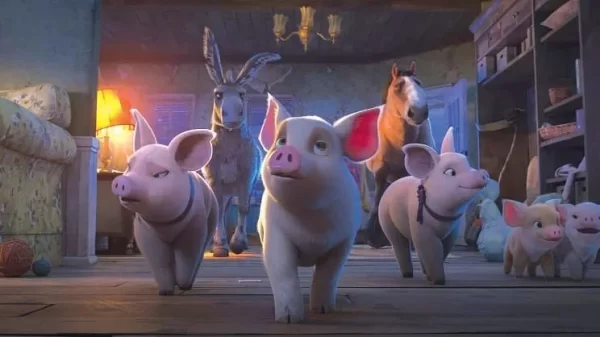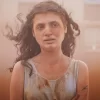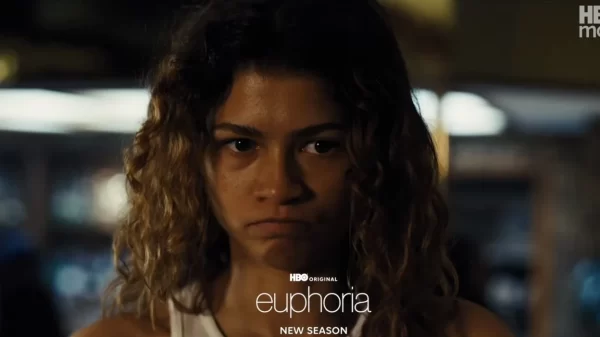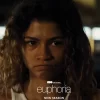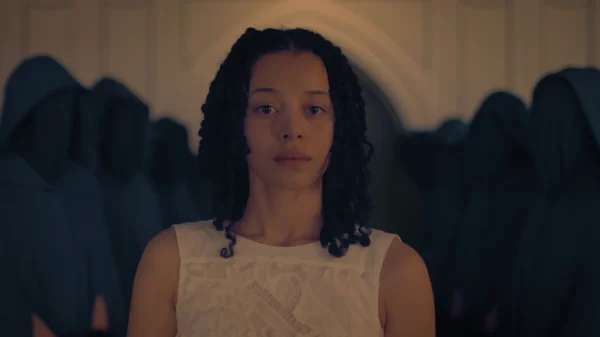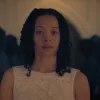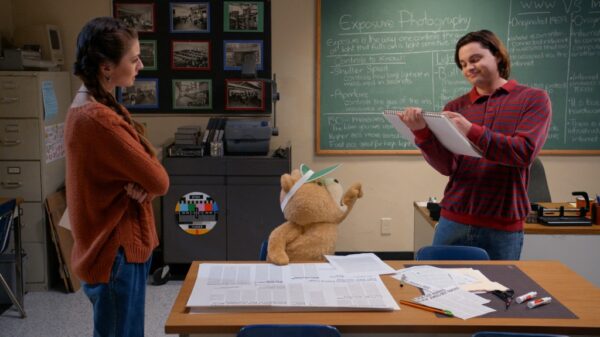Emma Koh is a Korean-American Artist, Filmmaker, and Production Designer with more than 12 years of industry experience working on commercials, music videos, indie features, and network television. Most recently, Emma Production Designed the short film Red, White and Blue which was nominated for Best Live Action Short Film at the 2024 Oscars.
Her experience further includes art directing the Indie Spirit Award-winning film, Spa Night, as well as Jamojaya, which had their world premieres at the Sundance Film Festival in 2016 and 2023, respectively. She also art directed the Emmy-nominated Netflix series, XOKitty : a spin off series of Jenny Han’s To All The Boys I Loved Before film trilogy.
During her time in New York, she worked as a Production Co- ordinator at the highly regarded VFX houses, The Milland Framestore. There she learned about the post-production process from how the pipeline works to winning abid, to final delivery of a commercial. Later she moved on to work at the Architectural Visualization Company Binyanasa Producer, creating marketing content for high profile clients like Hudson Yards, Four Seasons, and other respectable development companies that focused on residential and commercial realestate.
A rising star in her field, Emma is a member of Women in Film’s prestigious in augural Artisan Fellowship, which aims to bolster and support under represented talent in Hollywood. She is also a member of the Art Director Guild’s DEI Committee and was recently nominated as Chair of her Craft Committee.
Emma received her BFA from Cornell University and went on to earn an MFA from AFI’s Production Design program, where she was a recipient of the prestigious Tichi Wilkerson Kassel Scholarship from Women in Film. She also earned her Master of Science from the Southern California Institute of Architecture (SCI-Arc) Fiction and Entertainment World-building Thesis Program. Born and raised in Southern California, Emma still resides in Los Angeles where she continues to explore the intersectionality of speculative design, cultural identity, and history through story telling, art, and tech.
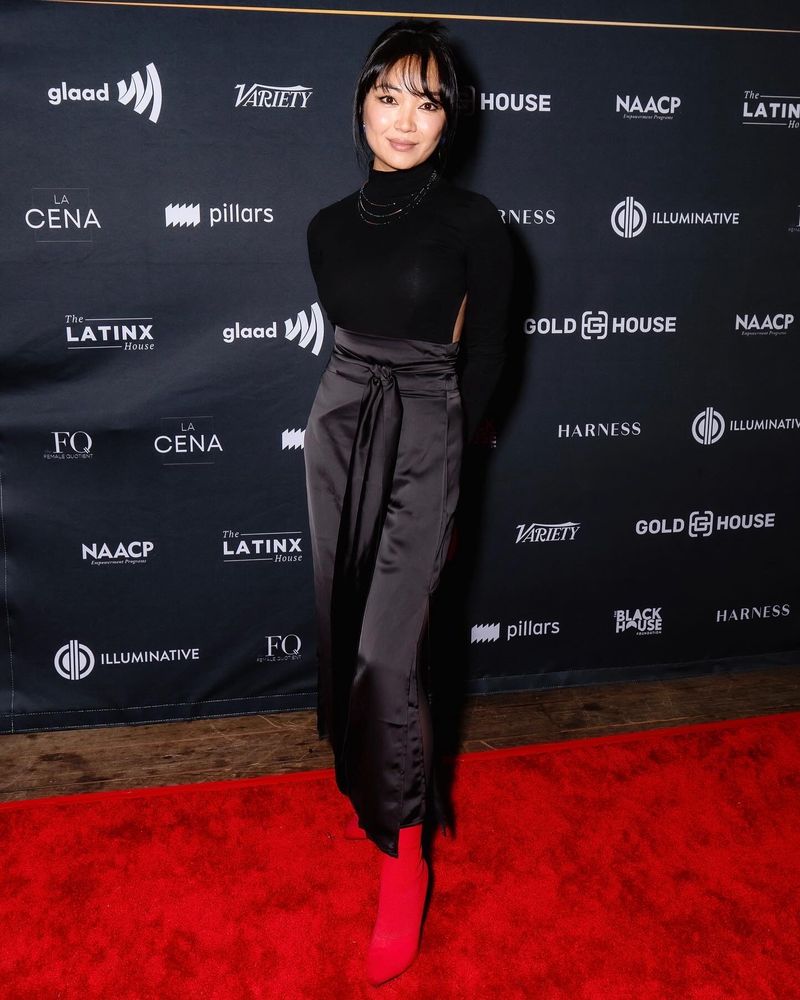
Can you tell us about your experience working on “RED, WHITE AND BLUE” and what it was like working with all-female department heads to bring this timely story to life?
Working with a predominantly female crew on a film about women and for women was a dream. We all had a lot of grace and sensitivity surrounding the subject matter, which allowed us to really bring our hearts to the film. It’s an experience I’ll never forget. I am very proud of both the film and our work in bringing it to life.
As an advocate of #stopasianhate, how do you believe your background and experiences have influenced your work as an artist and filmmaker?
I’m an advocate for #stopasianhate and a supporter of all organizations that push for equity in this world. If anything, the existence of marginalization fuels me to do the work I’m doing and voice my support for these communities through my work behind the camera. Being Asian American and falling under the guise of a model-minority growing up, I realized I was, to an extent, conditioned to follow a certain path and act a certain way to appease not only society’s expectations, but my own parents’ expectations. As I got older and started to see the world through a different lens, my perspective changed. I saw that my parents were subjected to the scrutiny and downfalls of being Asian immigrants in America without being aware of the psychological implications it had on them as parents, let alone individuals. Being an immigrant in this country meant that we had to follow rules and parameters in order to belong; however, doing this to a T has caused us to lose our individuality, essence, and identity. I had a deep intrinsic belief that in order to survive, I had to fit in, and in order to fit in, I had to be undetectable and unseen. This is what led me to the arts; creating art, especially behind the scenes, gives me the freedom to show the world my thoughts and beliefs without the pressure of public scrutiny, similar to what celebrities in mainstream media face.
Could you share some insights into your process of understanding characters’ psychology to inform your production design decisions?
Everything starts with the script. When I read a script, I am very intentional about gaining an understanding of the characters and story. From there, I try to find little openings and opportunities to ask questions about the characters and why they do what they do, how they’re doing it, and what their backstories are, as a means of understanding why they act or make choices in their worlds that you don’t see on camera. This helps inform me and my work, as well as the writer(s) and director to get even deeper and more curious about the characters and the story being told. The deepest part of my work is understanding the intricacies that define each character – their family backgrounds and dynamics, the socioeconomic situations they were exposed to, how many siblings they had or if they had any, etc. – to help build context to their motivations in the film. This is what ultimately guides me in creating a visual world for the film.
Working with indie budgets can be challenging. Can you discuss your strategies for managing budget constraints, such as your collaboration with Warner Bros. Prop House, and how you ensured the film’s visual authenticity?
I’m only as good as my team is and that was my strategy. I made sure to hire like-minded people who had positive connections to vendors, which was how we were able to be successful working within a tight budget. I’ve also worked in various positions within the art department throughout my career, which has made me very resourceful in executing detailed set designs within budget constraints.
Can you elaborate on your experience transforming LA-based locations into sets that accurately depicted the film’s Arkansas setting?
Because there’s not a lot of money in short films, we lean heavily on locations to provide the bare bones and skeletons of the sets. Therefore, finding locations that have the right look, feel, and character for a specific setting like Arkansas is a tremendous help in communicating that piece of information to the audience.
What impact do you hope “RED, WHITE AND BLUE” will have on shaping conversations and political decisions surrounding issues like abortion?
I hope that the film can give audiences a different perspective on abortion rights issues and pull on their heart strings – namely those of policy makers and religious leaders who have an aversion to pro-choice. Film and media is such a powerful tool when it comes to empathy and relatability. I hope that more people in middle America see the film and maybe even see themselves, their friends, daughters, wives, nieces, sisters, and aunts in these characters and have a change of heart and mind.
How has your involvement with Women in Film’s Artisan Fellowship and the Art Director’s Guild DEI Committee influenced your approach to filmmaking and advocacy within the industry?
Being part of both organizations has shown me that there is power in numbers, that I’m not alone, and that I shouldn’t be afraid to ask for help, or to step up and help support others. We cannot succeed in this industry alone.
What advice would you give to aspiring artists and filmmakers, particularly those from underrepresented communities, who are navigating the industry’s challenges and striving to make a meaningful impact with their work?
Being Asian and going against my family’s wishes and desires for me was a tough and sometimes lonely road. However, if not for that lonely journey, I don’t think I would’ve found my voice and listened to my intuition. My advice to anyone who dreams of being a creative or breaking into the film industry is to not ignore that feeling and take actionable steps in making that dream a reality. Above all else, get to know yourself and who you are, what you stand for, and why you want to be the person you want to be. I believe purpose is an imperative ingredient to all life choices, and the better you know yourself, the better your art will be.
Email:neill@outloudculture.com
Socials: @neillfrazer

